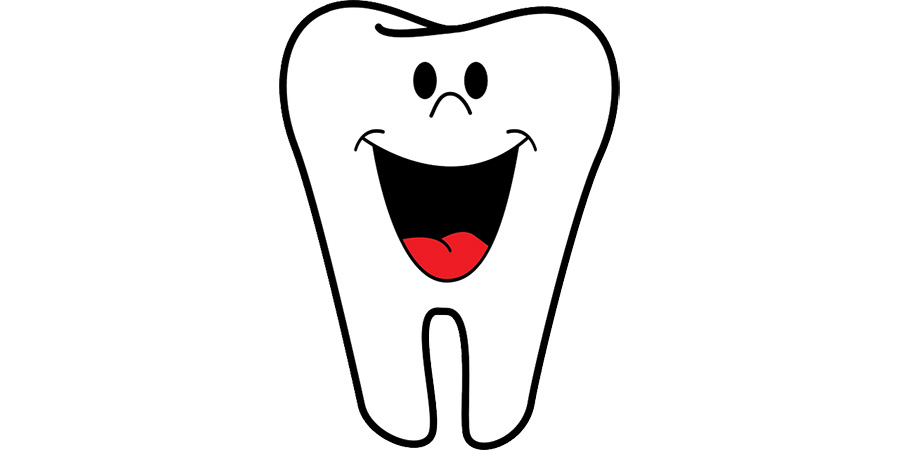Tooth decay is a serious health problem around the world in both developed and developing nations and is caused by the breakdown of the tooth’s enamel. The breakdown is the result of bacteria on teeth producing acid that destroys the enamel.
Bacteria’s fuel source for the production of acid are fermentable carbohydrates from the foods and drinks that we consume throughout the day.
Most “sugary” foods and drinks contain a variety of sugars including the monosaccharides fructose, galactose and glucose and the disaccharides lactose (galactose and glucose), maltose (glucose and glucose) and sucrose (fructose and glucose). Monosaccharides (i.e., glucose) are also the building blocks of most other carbohydrates including maltodextrins, starches and most dietary fibres, which are simply chains of glucose of various lengths.
Some foods and drinks do contain monosaccharides like fructose and glucose in free form, which can be used immediately by bacteria as a fuel source to produce enamel destroying acid. The most common sugars in foods and drinks in most countries including Australia and New Zealand (but not the USA which uses high fructose corn syrups – a blend of free glucose and fructose) are disaccharides, however. In order to use disaccharides for fuel, they have to be broken down into their component monosaccharides first.
Our saliva does not contain the enzyme lactase that breaks down lactose into galactose and glucose and the bacteria in our mouth don’t produce it either. This is one reason why foods and drinks that naturally contain lactose, like milk and yoghurt, generally do not promote tooth decay.
Similarly, humans do not secrete the enzyme sucrase in saliva which breaks sucrose, or table sugar, into the monosaccharides glucose and fructose. However, certain strains of bacteria found in the mouth can produce sucrase, and are therefore able to break sugar down into fructose and glucose themselves. If we consume sucrose containing foods and drinks frequently, and have poor dental hygiene (e.g., we don’t brush and floss regularly), we can encourage the growth of these bacteria, and subsequently increase our risk of developing tooth decay.
This is the main reason why the World Health Organisation recently reaffirmed its recommendation that people consume no more than 10% of energy (calories or kilojoules) from free sugars.
Perhaps surprising for some, our saliva does contain the enzyme amylase, which is able to break down the sugar maltose into glucose, and it is also able to breakdown some maltodextrins and starches into glucose as well. In other words, some starches and maltodextrins are as likely to cause tooth decay as some sugars. For this reason, the most recent version of the Australian Dietary Guidelines note in the evidence reports that:
“Historically, the prevalence of dental caries has increased when dietary patterns have changed to include more added sugars and foods containing refined starches.” and “Fermentable carbohydrates (both sugars and starches) are a substrate for bacteria such as S. mutans and S. sobrinus, which increase the acid-producing potential of dental plaque.”
So, as well as limiting consumption of added refined sugars like glucose, maltose and sucrose, we should also be limiting consumption of refined maltodextrins and starches if we want to reduce our risk of developing tooth decay.
Of course, in addition to limiting the amount and frequency of consumption of added refined sugars, maltodextrins and starches, good oral hygiene can also help prevent tooth decay by removing the harmful bacteria that convert them to enamel destroying acid:
- Brush twice a day with a fluoride toothpaste
- Clean between your teeth daily with floss or interdental cleaner
- Eat nutritious and balanced meals and limit snacking
- Visit your dentist regularly for professional cleanings and oral examination
- Check with your dentist about use of supplemental fluoride, which strengthens your teeth, and about use of dental sealants (a plastic protective coating) applied to the chewing surfaces of the back teeth to protect them from decay



